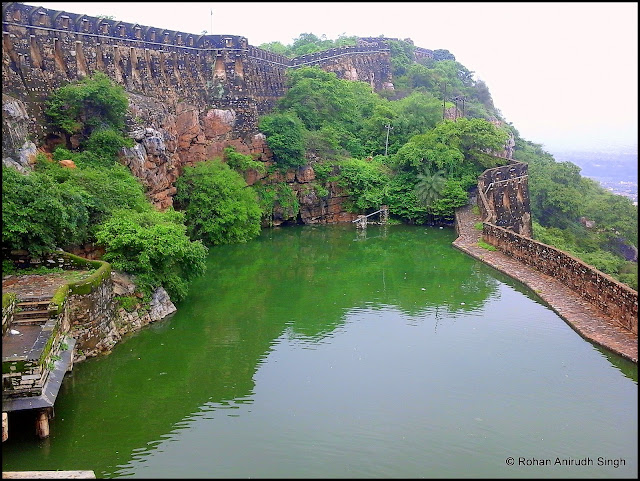Chittorgarh
Junction Railway Station is the main railway station of Chittorgarh
City. It connects the town with major cities in North and West India.
The trains here run on Broad Gauge tracks.
The Chittorgarh City
(which was established next to the Chittorgarh Fort, a UNESCO World
Heritage Site) was linked with railways in the late 19th century as a
part of Rajputana - Malwa Railway. This railway station is one of the
major transit points for travelers and tourists to visit the legendary
fort.
One of the most important links in the railway network of
this region was the Chittorgarh - Udaipur Railway Link. It was opened in
1898 C.E. Even today this link is the best and most economical way to
reach Udaipur. Udaipur is the 456 year old capital of erstwhile Mewar
Princely State in Rajasthan and also a tourist paradise.
.......














